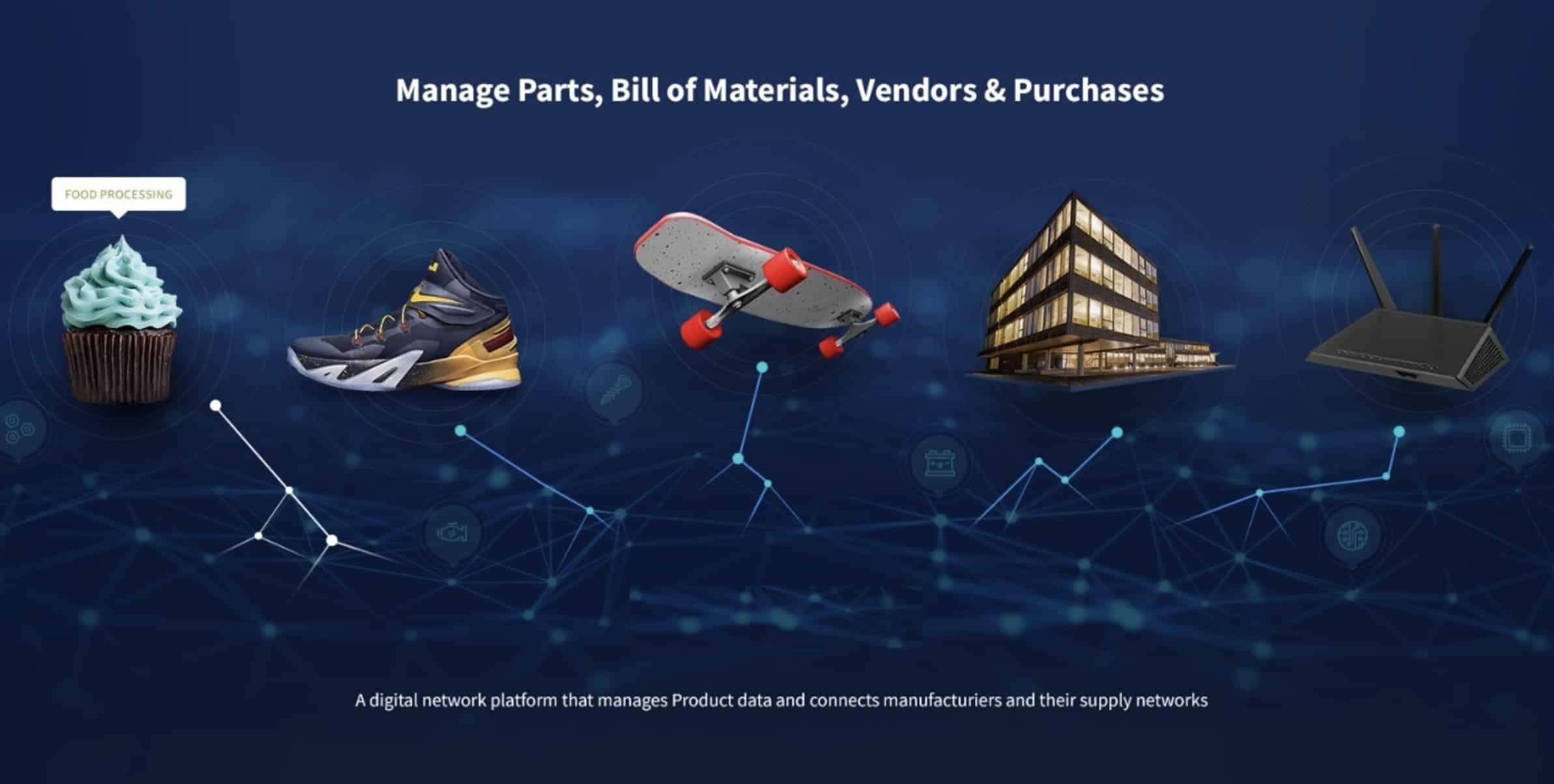
If you never heard about Digital Twin and Digital Thread, don’t worry… you’re not alone. Although these concepts were around for a long time, they are not very well know to a broader group of people outside of PLM insiders and large OEMs.
But, for the last few years, I can see both concepts are coming into shape and growing among a larger group of people, manufacturing companies, and experts in PLM technologies. In a nutshell, the idea of digital twin and thread is simple – (1) to have a digital representation of the product you can use to perform various functions – modeling, simulation, control, experiment and (2) to connect a variety of information flows together – changes, lifecycle stages, history, revisions and more.
The biggest challenge of modern manufacturing is to access siloed data and the history of changes. The information is distributed between multiple companies and stages of the product lifecycle. Although we can easily find glamorous pictures presenting DIgital Thread connecting multiple lifecycle stages, the actual solutions are rarer and as you go downstream to mid-size OEM, contractors, and suppliers the only “thread” you can find is a thread of Excel files and various spreadsheets holding the data.
At OpenBOM we address the problem of distributed data management across multiple teams and companies by providing a unique SaaS data management solution. The core element of the solution is a multi-tenant data management system allowing data sharing and connection on a very granular level – Item catalogs, Bill of Materials, Vendors, and Purchases.
How OpenBOM allows you to manage the Digital Thread of product information? The foundation of Digital Thread management at OpenBOM is relying on a few very fundamental OpenBOM technological elements including the way OpenBOM captures changes and revisions and multi-tenant granular data sharing mechanism. The product structure data representation in OpenBOM can spread across multiple companies with the granular level access supported by OpenBOM Team Views.
1- Automatic History of Changes
Every single data change operation is automatically captured in OpenBOM to provide a full history of changes. The changes are captured in a granular level for each BOM level (assembly/sub-assembly) independently, which allows keeping access to these changes controlled by data access for each product structure level in a granular form. In such a way if a product structure is distributed between OEM, suppliers, and contractors, each company (or team) will have the access to its own data.
2- Granular Revisions
BOM revision mechanism allows keeping an unlimited immutable record of all historical baselines for each BOM sub-level including their relationship. In such a way you can always discover what was the product structure at each specific moment of time. While revision is not a new thing in the PLM system, the way OpenBOM manages it makes it available to a distributed group of people, teams, and companies operating independently, which prevents data duplications.
3- Instant Data Sharing
Last, but not least- data sharing mechanism. The product structure in OpenBOM can be granularly co-owned by multiple teams and companies. The mechanism of data sharing allows each team to have access only to a specific subset of the data and eliminates the need to pump data between multiple databases and PLM system instances.
A granular product structure representation together with the full history of changes, granular baseline mechanism, and combined with the data-sharing mechanism is a foundation of Digital Thread of product data. This is what all manufacturing companies are looking for when they speak about how to connect data islands, eliminate multiple data pumping, and to give every team granular access to the data and changes.
OpenBOM builds a global BOM graph of information managing relationships and dependencies on each product structure level, changes and revision baselines. Check our earlier article about how OpenBOM is using a graph database to manage data and intelligence here to build a network of bill of materials representation. It is a foundation to manage relationships and data among multiple OEMs, suppliers, and contractors.

Here are a few quotes from OpenBOM customers explaining the unique value of data sharing and collaboration.
OpenBOM helps FF Robotics to manage a complex product structure of 16K components agricultural robot with computer vision arm. Here is what FF Robotics co-founder and chief engineer is saying about the OpenBOM data sharing mechanism.
“Something we didn’t anticipate was the ease of sharing the BOM with the rest of our team. We have a property for Make or Buy which we set in the Catalog. FF Robotics purchasing department gets the BOM and knows exactly what to do. We could have done it before but it demanded more work and sometimes it just didn’t get done or we made some mistakes.”
New Zealand’s Nyriad LTD is using OpenBOM to design and manufacturing future data centers. Nyriad develops technology that will enable a more robust, energy-efficient and secure Internet. They have spent the last 5 years carefully connecting the underlying threads between the CPU, GPU, Memory, and Storage to create a unified software-defined architecture, minimizing data movement and maximizing resilience
“We tried using google sheets to manage components and specs which quickly became cumbersome as we scaled. It lacked the basic manufacturing functions we need. I did some research and after looking at several options, settled on OpenBOM,” says Manuvimal Mohan, QA Manager at Nyriad. “We started with the Free subscription then purchased a Company subscription when we went live with OpenBOM. We now use OpenBOM to share all specs and related information internally and with our customers and partners.”
Conclusion
OpenBOM unique multi-tenant data management architecture allows the management of a product structure, history of changes, and BOM baselines to support distributed characteristics of manufacturing organizations from the top OEM downstream to all suppliers and contractors. Such a data management mechanism is a powerful tool that allows to stitch what is normally presented by a mess of databases PDM/PLM systems and Excels spread among multiple companies in a cohesive and structured Digital Thread of information and changes.
Check what OpenBOM can do for you by registering to OpenBOM. It has a FREE subscription tier and you can get a 14-days FREE TRIAL to test all OpenBOM professional, team, and company subscription levels.
Best, Oleg @ openbom.com
Want to learn more about PLM? Check out my Beyond PLM blog and PLM Book website. Read OpenBOM customer reviews on G2 Crowd to learn what customers are saying about OpenBOM.
Join our newsletter to receive a weekly portion of news, articles, and tips about OpenBOM and our community.









